From the farm: Tame cattle won’t gore you
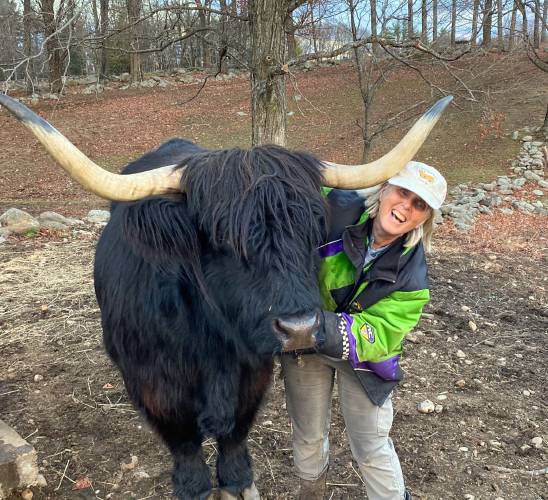
Did you know that both male and female Scottish Highland cattle have horns? Their horns might look scary, but are they? Carole poses with Topper, one of the oxen at Miles Smith Farm. CAROLE SOULE / For the Monitor
| Published: 02-17-2024 9:00 PM |
‘Look at that bull! He’s going to come over here and stab you with his horns!” The boy, about eight years old, was sharing his knowledge of horned cattle with his younger brother at the Deerfield Fair. It was early morning, and I was acclimating one of my black Scottish Highland working steers to the fairgrounds. The boy didn’t know it, but my one thousand pound steer named Topper, with “horns out to here,” was more likely to turn and run from the lama walking by than attack anyone.
That’s the thing about horns; the sight of massive horns terrifies everyone. All of my Scottish Highland cattle have horns. Yes, cows (the girls) and bulls (the boys) have horns.
I don’t ignore the horns; I respect them. Topper and Finn, neutered bulls, who work in a yoke, pull things like logs and stones, and even kids standing on a sled have massive horns, about five feet. “Look at that bull! He’s going to come over here and stab you with his horns!” The boy, about eight years old, used his knowledge of horned cattle to bedevil his younger brother at the Deerfield Fair. It was early morning, and one of my black Scottish Highland working steers (oxen-in-training) was settling in at the fairgrounds. The boy didn’t know it, but Topper, my 1,000-pound steer with a 5-foot spread of pointy horns, was more likely to turn and run from a passing llama than gore anyone.
That’s the thing about horns: They look scary. All my Scottish Highland cattle have them. Yes, females, too.
I don’t fear the horns, but I respect them. Topper and Finn, neutered bulls who work in a yoke pulling things like logs and stones, have massive horns. They respond to voice commands and my body language, sometimes reinforced with a tap from a goad stick, which is like a symphony conductor’s baton. Good teams work in sync with their handler or teamster.
But it’s not their horns that I have to control. It’s the steers’ minds that need managing. They know precisely where their horns start and stop. They know exactly where I am standing and that if they turn their head toward me, they know they’ll hit me. So they don’t. Or they’ll lift their horns over my head to avoid hitting me.
Think of it. If you know where I am and take a swing at me, you know where your fist is, and unless I duck, you’ll hit me. Same with animals. If a steer wanted to hit or jab me, he probably could.
A bovine sometimes gets aggressive by swinging his head or charging. We “cull” those cattle, which means they’ll go into the meat program as soon as possible. On the other hand, most of the gentler steers, who don’t swing their heads and respect my space, can be trained to work in a yoke.
Article continues after...
Yesterday's Most Read Articles
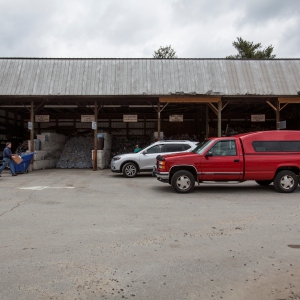 Hopkinton tries to nab out-of-town trash bandits
Hopkinton tries to nab out-of-town trash bandits
 UNH faculty and students call on university police chief to resign following his alleged assault on a student
UNH faculty and students call on university police chief to resign following his alleged assault on a student
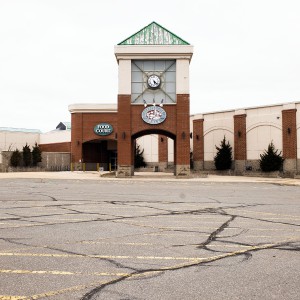 Steeplegate project to reopen to public comment as developer seeks to reduce required parking
Steeplegate project to reopen to public comment as developer seeks to reduce required parking
 Monitor Way developer seeks $4.67 million from city for proposed new road
Monitor Way developer seeks $4.67 million from city for proposed new road
 Northeast Coffee Festival comes to Concord this weekend
Northeast Coffee Festival comes to Concord this weekend
 NH Senate panel frowns on bill to ease vehicle inspection requirements
NH Senate panel frowns on bill to ease vehicle inspection requirements
I get the occasional push, but mostly when tying animals into their stalls at county fairs. The space allowed for most animals in the fairground barns is tight. Ducking to avoid the horns is sometimes required, but not due to the animal’s behavior.
Those massive horns are part of the Scottish Highlands’ beauty and charisma, and I’m sure youngsters will continue to marvel at them. But they are not as dangerous as they look.
Carole Soule is co-owner of Miles Smith Farm (www.milessmithfarm.com), where she raises and sells beef, pork, eggs, and other local products. She can be reached at carole@soulecoaching.com. Carole also coaches humans, helping them achieve the impossible a little at a time.


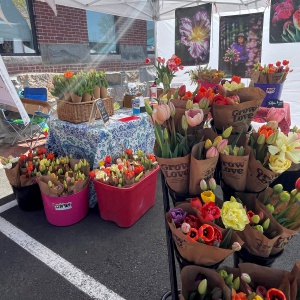 Henniker Handmade & Homegrown
Henniker Handmade & Homegrown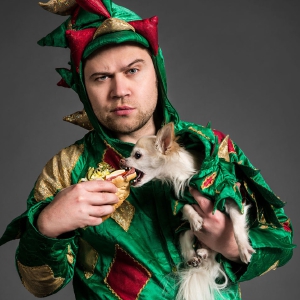 Colonial Theatre Laconia presents Piff the Magic Dragon
Colonial Theatre Laconia presents Piff the Magic Dragon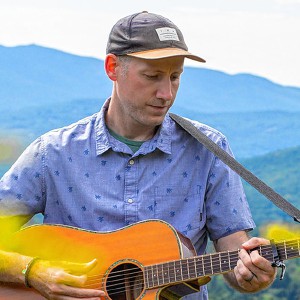 The Loft at Hermit Woods presents Pete Kilpatrick
The Loft at Hermit Woods presents Pete Kilpatrick 
